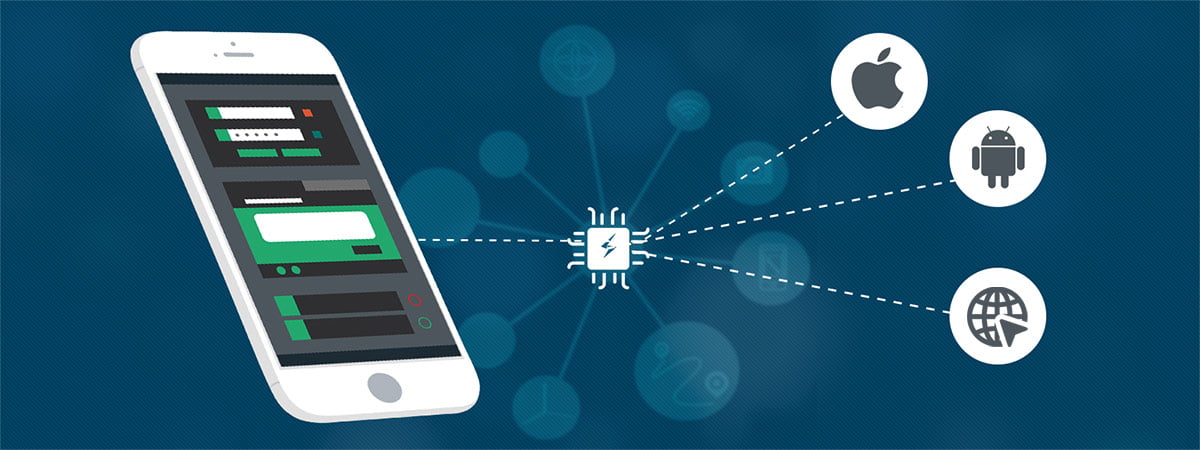Step-by-Step Mobile Application Testing Process

Why is Mobile App Testing Necessary?
Testing a mobile application is a necessary process that mobile apps undergo before their release to the public. The growing variety of mobile devices necessitates rigorous quality assurance testing. There are different screen sizes, resolutions, processing power, operating systems, and networks. The mobile app testing process is crucial to validate if the app performs well under different circumstances.
For mobile app developers, it’s essential to maintain a well-structured mobile app testing strategy. This ensures an app will achieve its objectives and meet the users’ expectations. This article will outline one such testing strategy and guide you through each step.
Test Documentation
- Test Plan
- Test Cases
- Test Execution
- Summary Report
- Bug Report
- approach
- risks
- possibilities
- recommendations
- defect management processes
- resource requirements
- features to undergo testing
- varying test scenarios
- user workflows
- technical annotations
- release criteria

Test Cases help validate the successful and acceptable implementation requirements of the app. The test case document is prepared by including:
- the set of test actions
- test and user input data
- execution conditions
- expected results
- failed test cases
- error descriptions
- test case ids
- report on which screens have errors
- severity of the bugs
Types of mobile application testing
Functionality Testing
- Camera
- Accelerometer/Positional Sensors
- GPS
- SMS Integration
- Bluetooth
- 3D Accelerated Graphics
Usability Testing
Compatibility Testing

Performance Testing
- data of various volumes
- massive data downloads from the server
- data growth
- low battery
- bad network coverage
- low available memory
